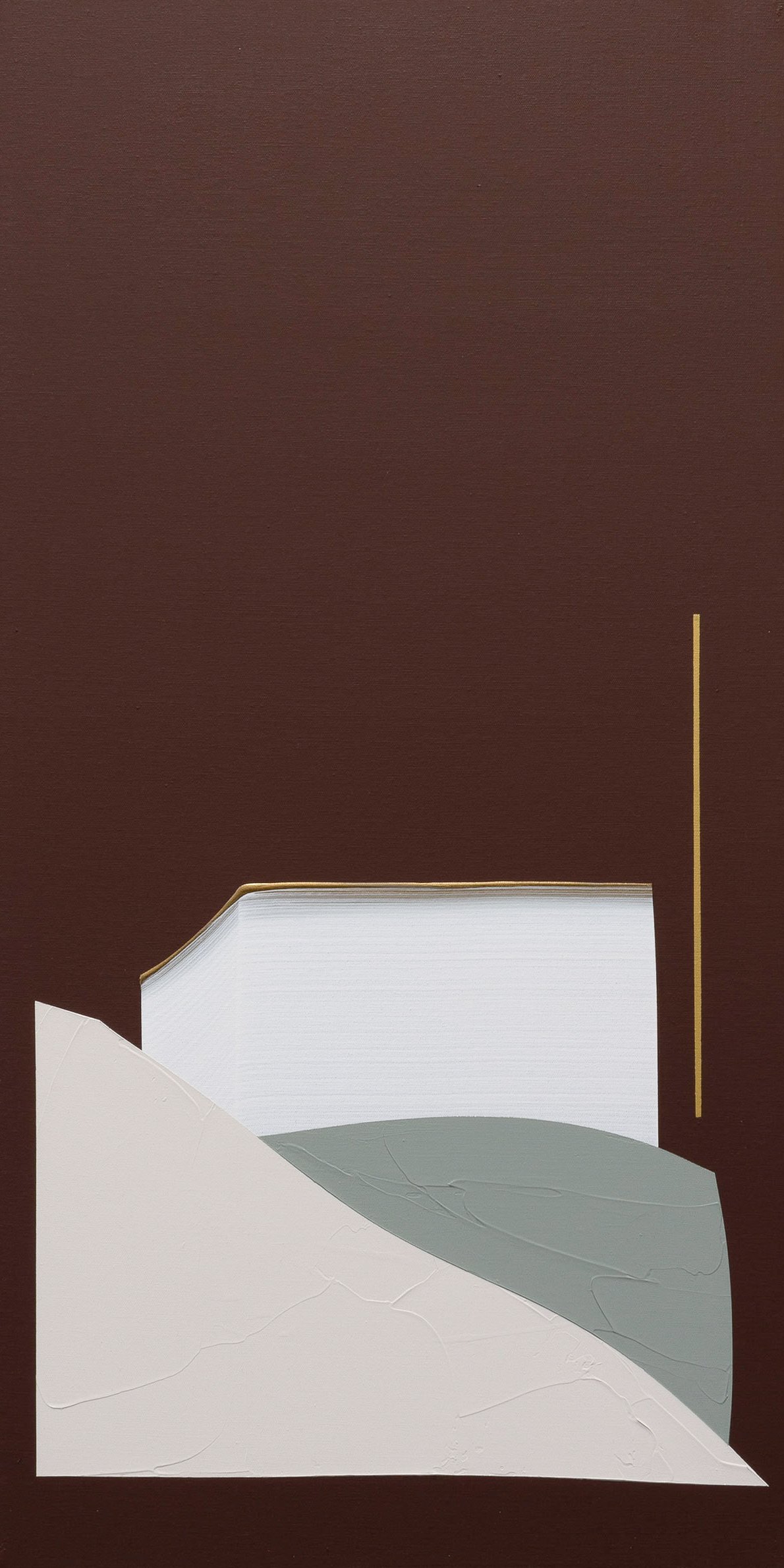The Happier We’ll Be









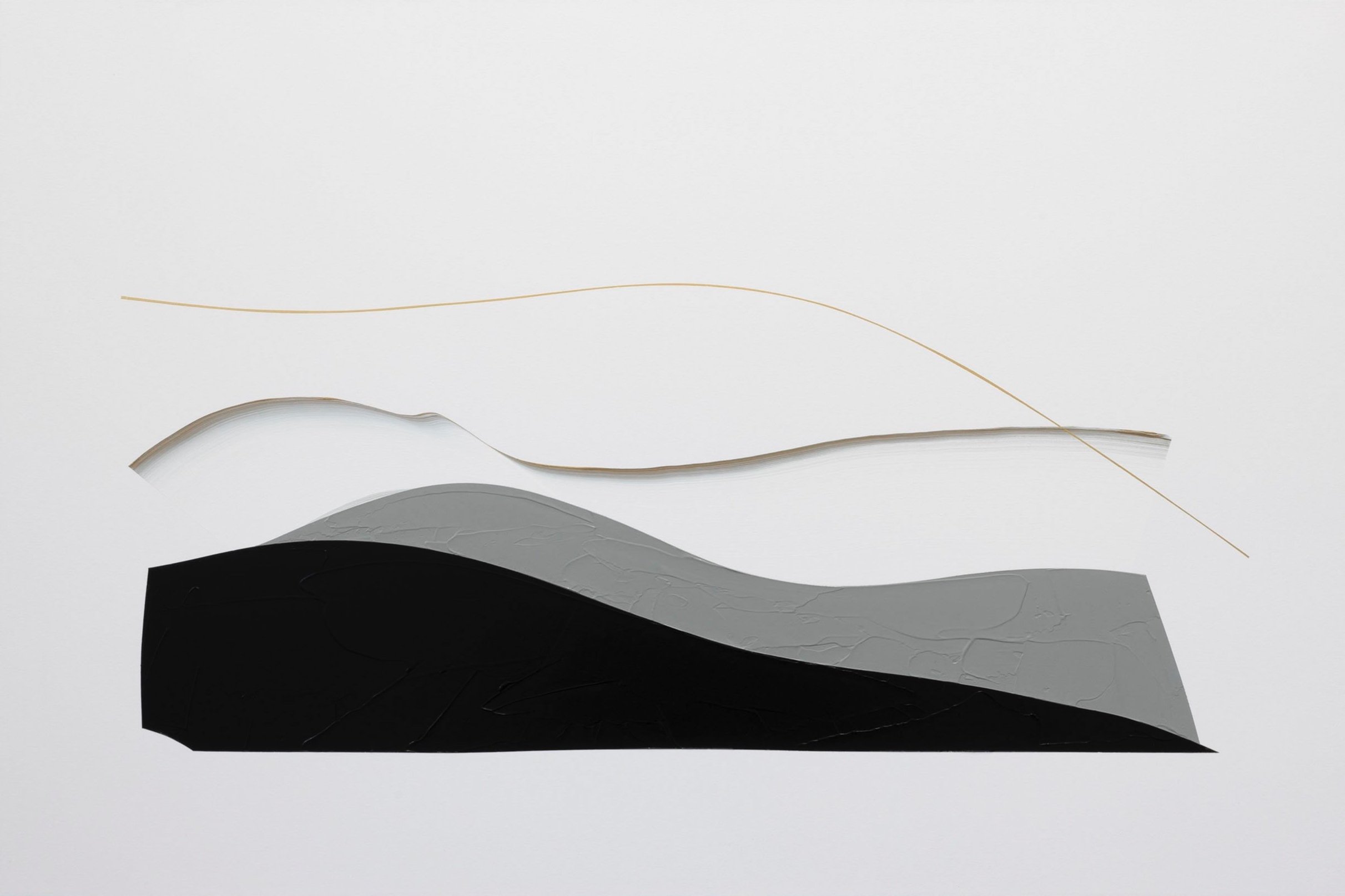


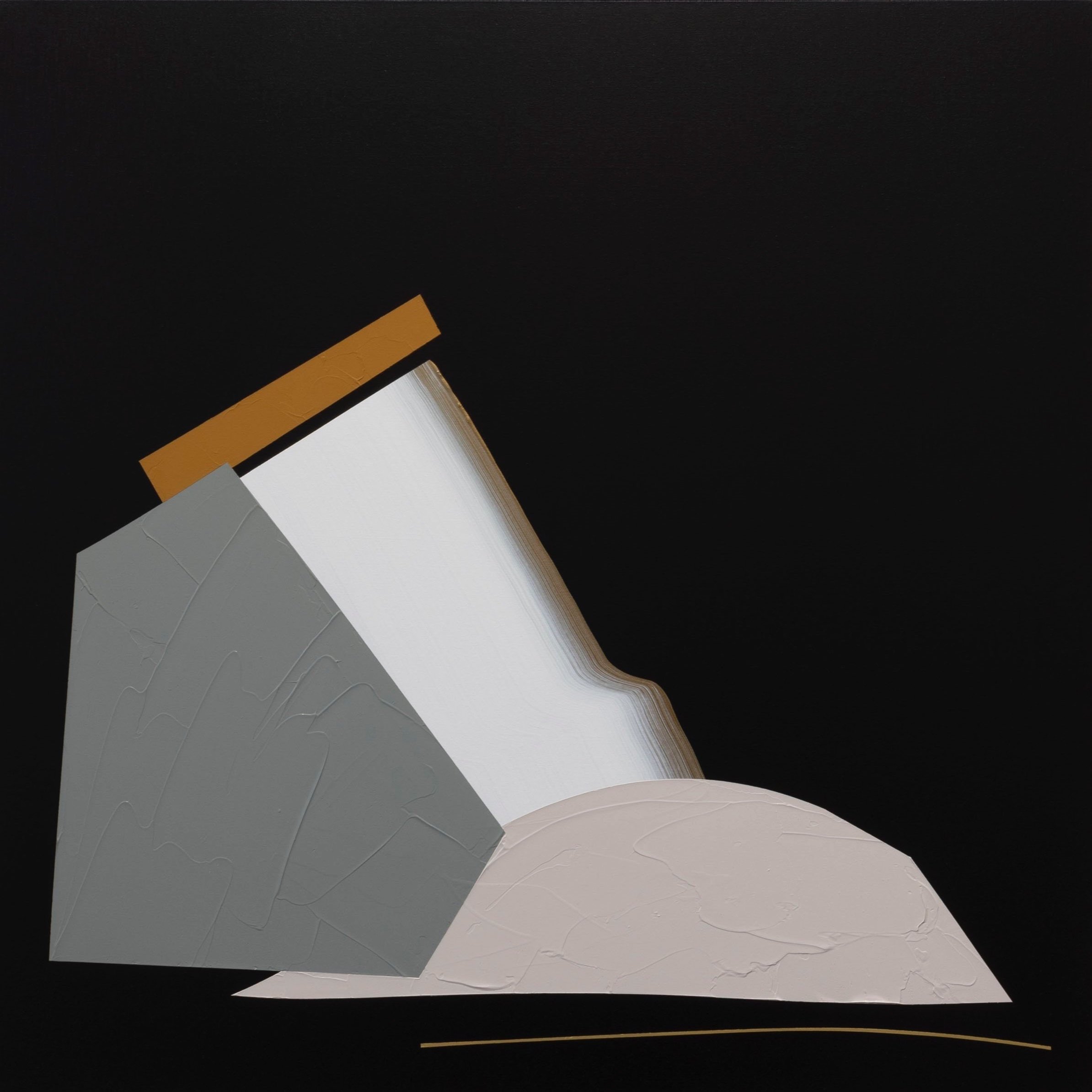






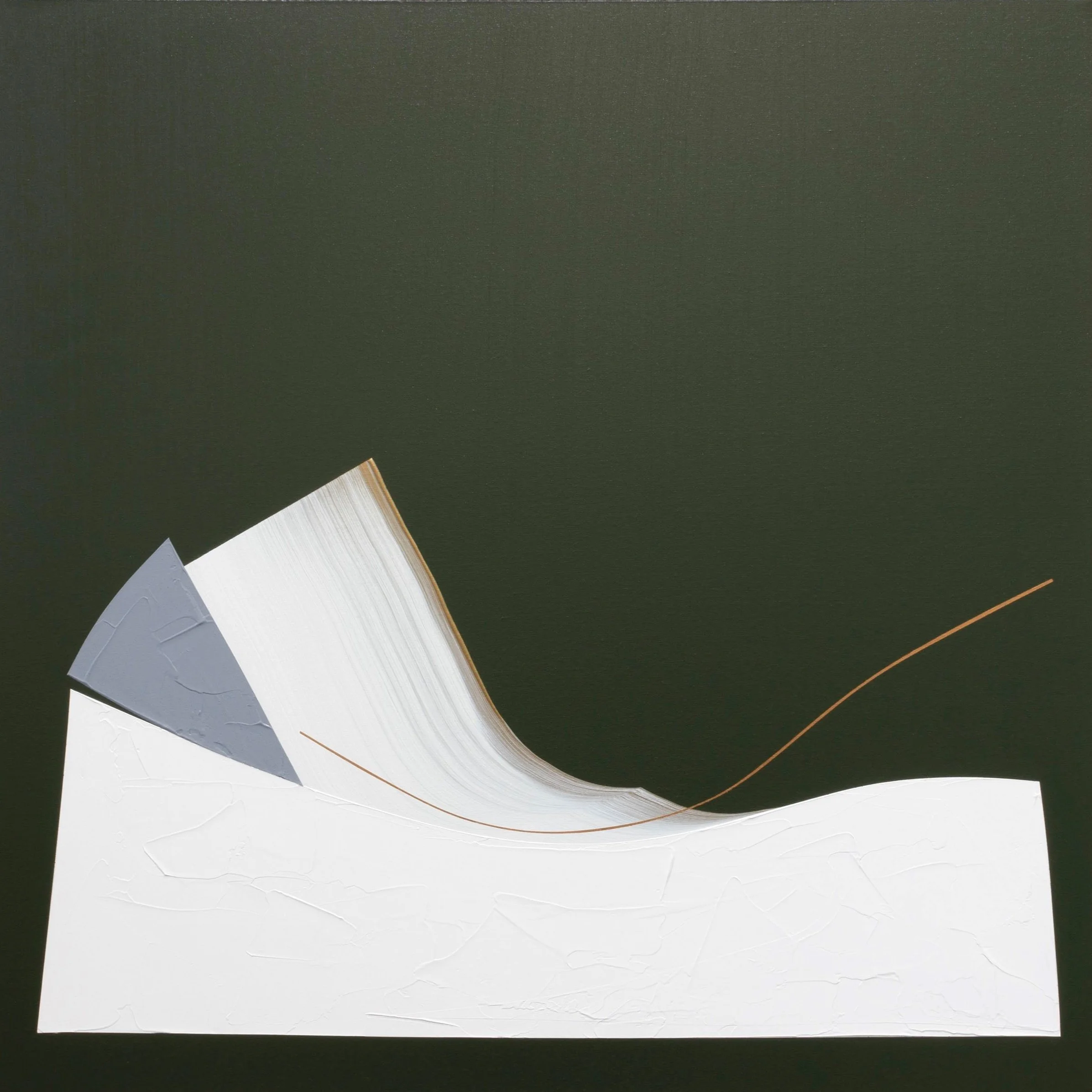


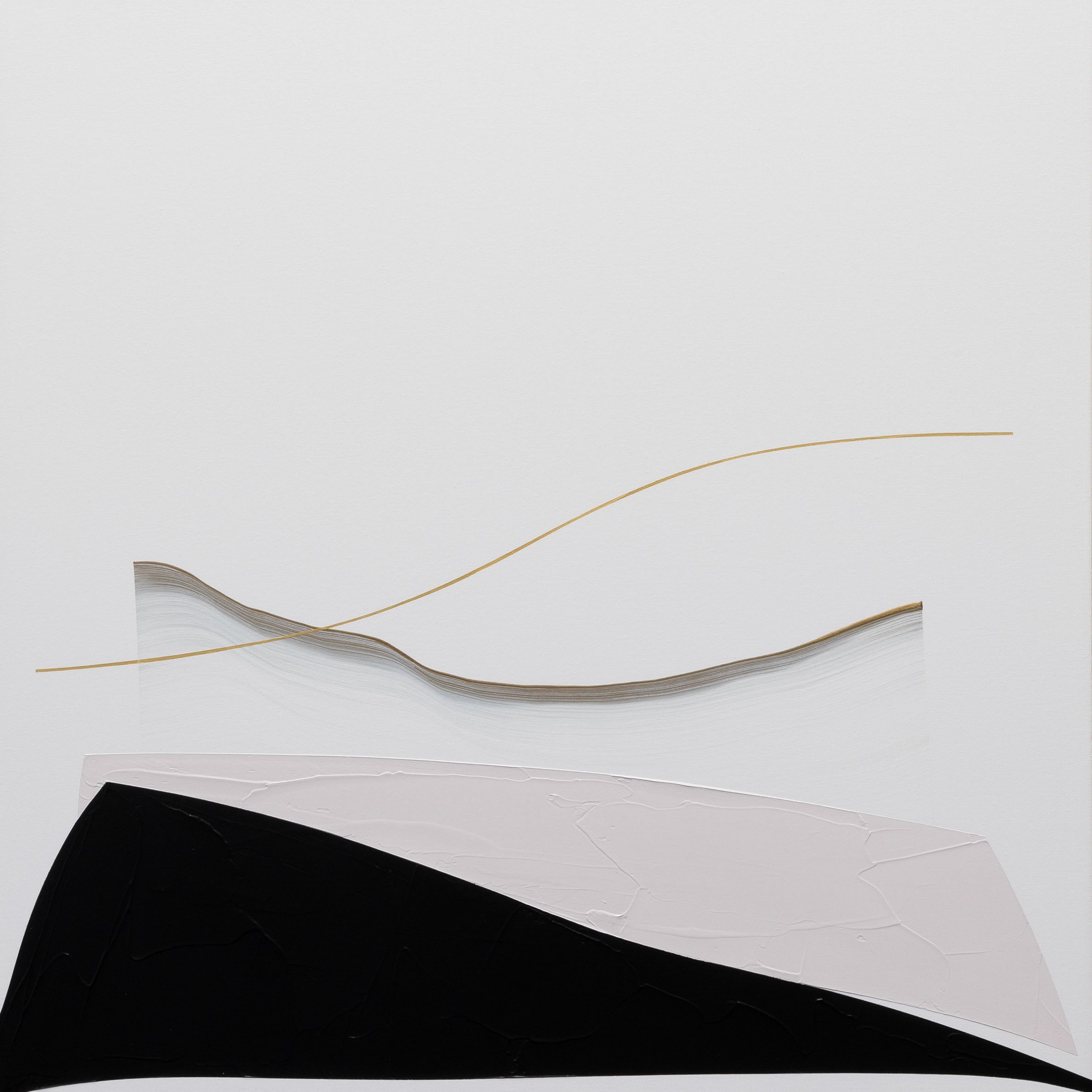




The Happier We’ll Be
In a time of polarization, it’s tempting to retreat to our separate corners, believing that difference is dangerous. As the world grows increasingly torn into opposing perspectives, it can feel impossible to recognize our common values and experiences. The languages we speak, the votes we cast, the histories we remember—these deep ways of understanding ourselves often feel threatened by voices that seem to compete with our own.
Amy Stewart’s latest series engages with the possibilities of unity across these uncomfortable positions, finding parallels between human and environmental (dis)connections. Stewart looks at the sharp features of buildings in her urban home as shapes that oddly coordinate with the surrounding sea and mountains. She sees a random synchronicity in the competing layers of nature and development—a conversation between opposing origins that, from a new angle, feel connected rather than dissonant. Many of the shapes in Stewart’s paintings do not at first fit naturally together, but the beauty in their eventual harmony reminds Stewart of people’s ability to become better humans by understanding others.
Each painting in The Happier We’ll Be pulls together dissonant shapes with a playful eye. Inspired by architecture and nature, the shapes at first seem haphazardly suspended, but they also support one another, joining from disparate parts into a unified whole. A thin line along or across the shapes suggests the ties that unite us through our differences. Like the random good news stories from which Stewart pulls the titles for the pieces in this series, these paintings push against division, insisting on all the beautiful ways we come together, finding kinship with the natural world and each other.












